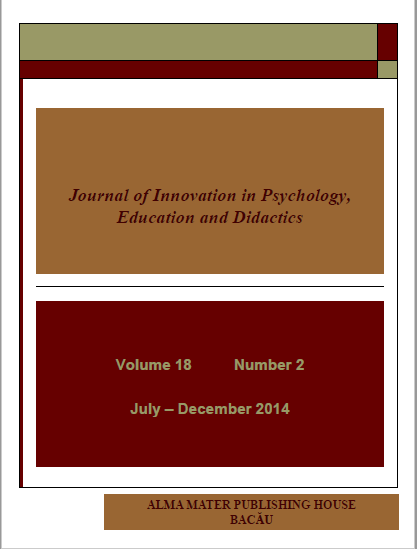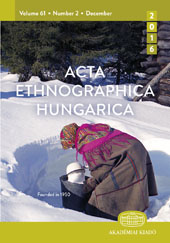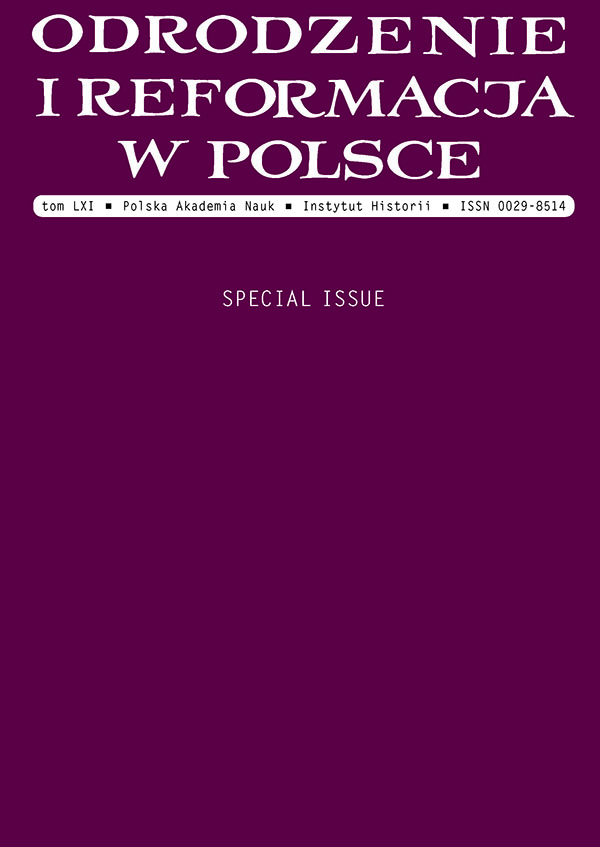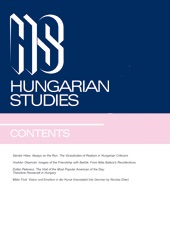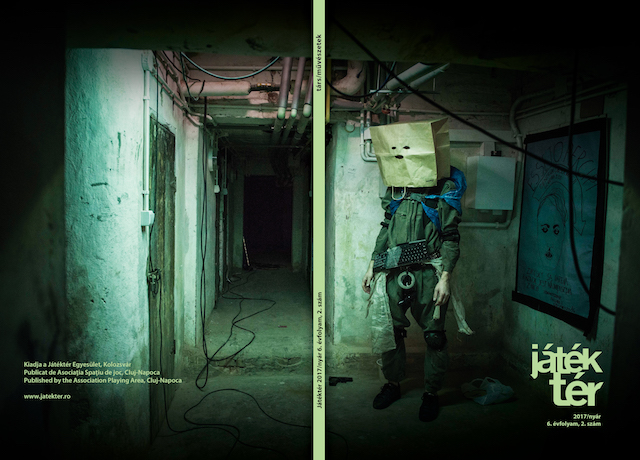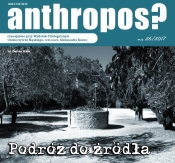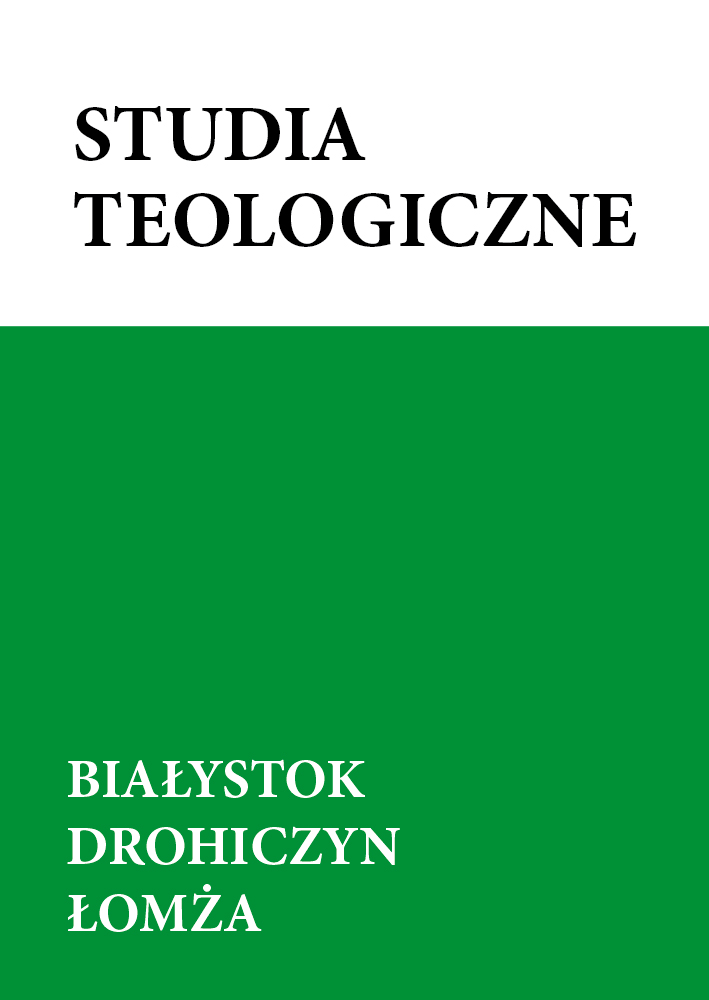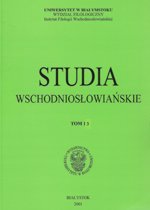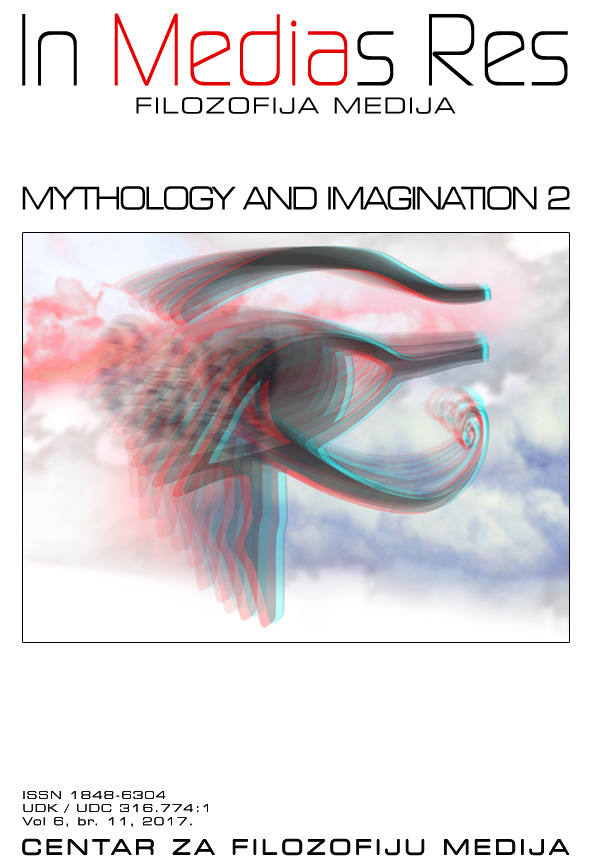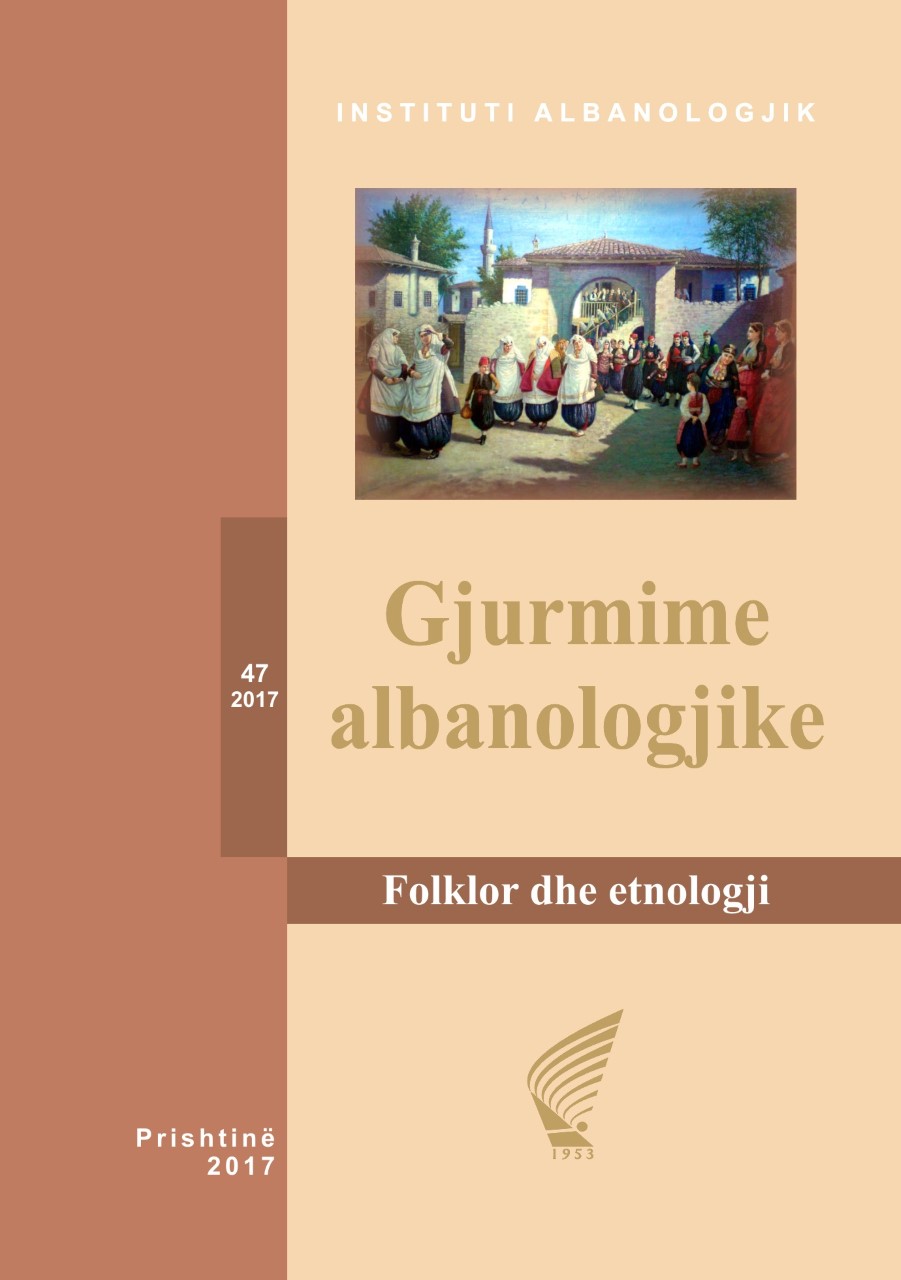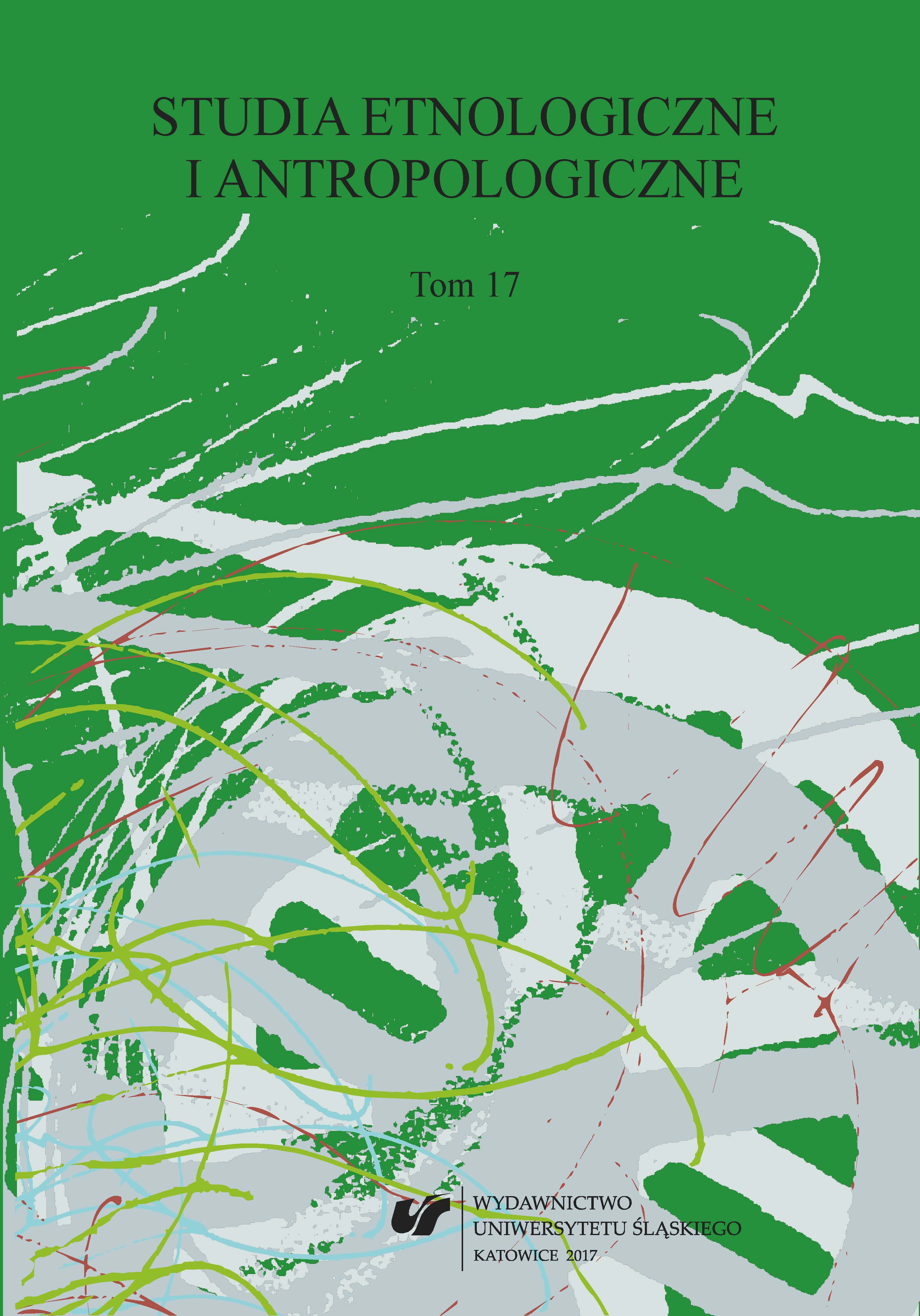Author(s): Ana Đurković,Sunčica Jergović / Language(s): Croatian
Issue: 11/2017
Through three episodes Archetype of modern fairy tales, the mysterious world of fantasy and reality,tell as a serious story about archetypes, symbols, knowledge of good and evil.Rts editor: Natasa NeskovicWritten and directed by: Suncica JergovicEditing: Ana DjurkovicHow to illuminate concept of phantasy and affective factors in our imagination a priori something so imaginary, by their genetic provenance, such as a movie scene, or digital picture and sound.You can not always avoid the association to a valid phrase of arnhajm’s truth: mass age -massage: the medium is the message.In elementary and tersely definition of „the shot“ from Plaževsky film language there is term for „le cadre“, however these are selected bits of reality, immanent frame that contains the individual act of images divided of the continent’s view of reality, handling the specific code of semantic value, when its’s imaginative, of course, by aesthetic categories and evaluations.In this type of positive simulacrum, it can not be better segment for the current thinking about the limits of imagination and truth in contemporary media, and contemporary global environment, than the original audio-visual forms through whose prism we search throught a fairy tale in a same time myth and imagination as well as exploring its overall impact on the personality.Everything can be a fairy tale, even false, amoral platitudes politicized by political lobbies in a contemporary existing power sistems, but this is no fairy tale authenticity in it, or creative act, nor humanity and artificial and historical entity of a man that is always present in the ethical effort of a true artist.So, we are investigating the conditions of creative images, modalities of audiovisual media in film language,and it is the archetype of the fairy tale, which, with its psychodynamics still exists and which is removed when the modern man is tired of lies and simulations during his global existence. Effort of an artistic activity changes the boundaries of true and open portals between the different dimensions and shapes reality.The archetype of the modern fairy tale is perhaps the look on new forms of imagination, which can be present in a range of digital media world of modern man, and it can run it’s positive, imaginative, archetypal, creative psyche energy and preserve it from falsehood, consecrated the process of consumption of media content.Such an authentic experiment, we wanted to present in this form, hopefully clarify this concept and operation of the same in the collective unconscious of us all, and consumers - viewers as and creative team that has implemented this project.The archetype of the modern fairy tale performances media is sublime and modern, although archaic particles lifted our affective tone.
More...
